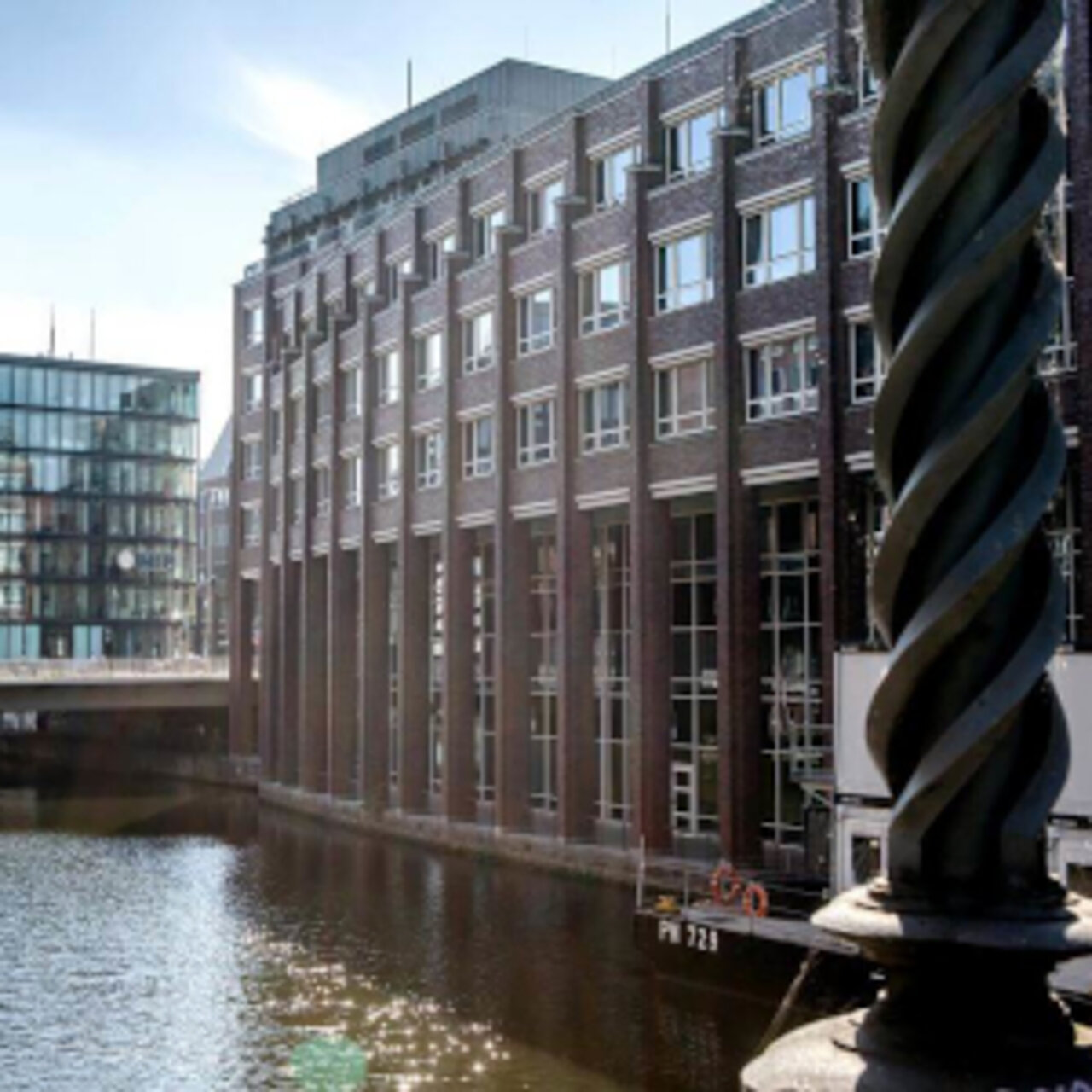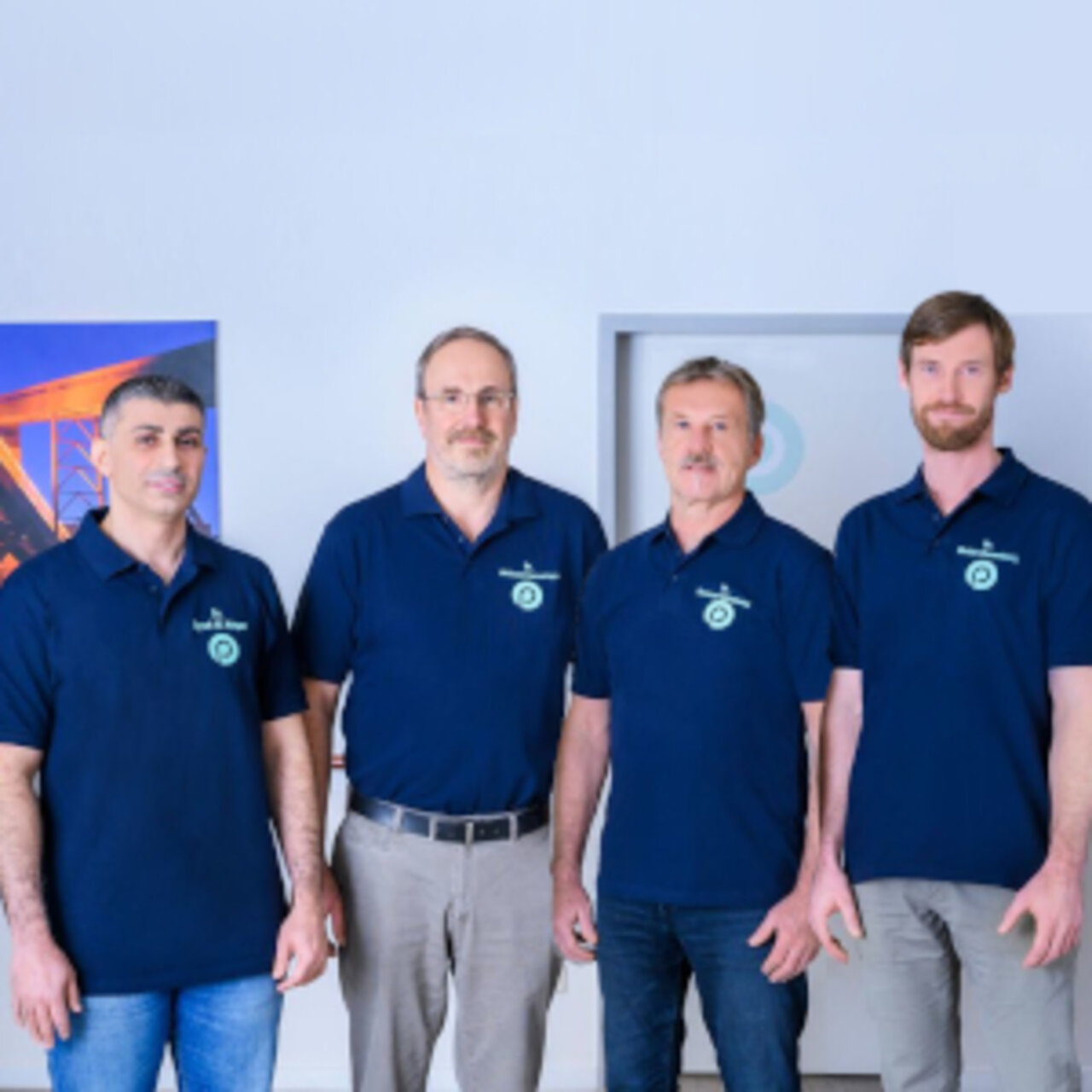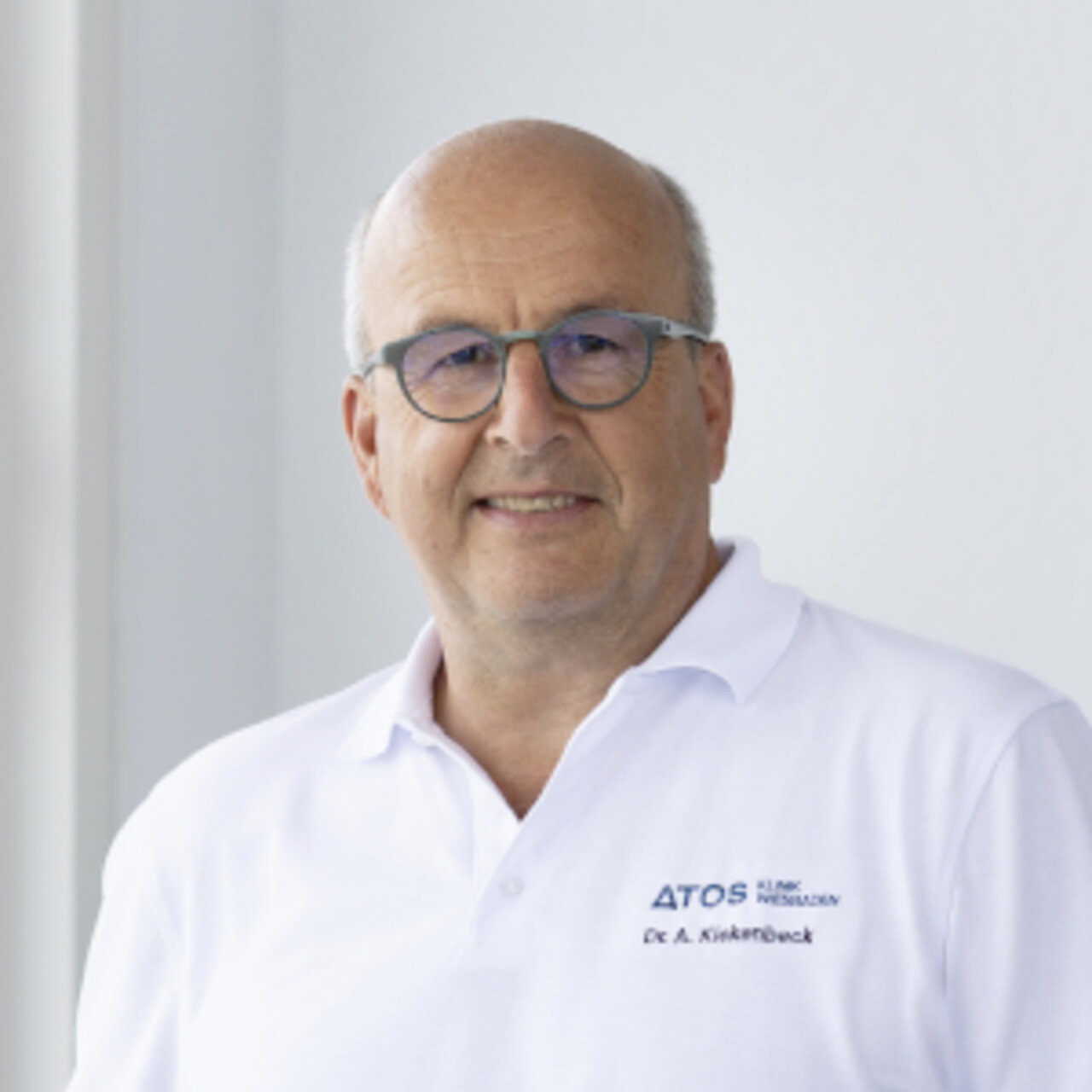Specialists in Calcific Tendinitis
9 Specialists found
Center for Shoulder Surgery of the ATOS Clinic Fleetinsel Hamburg
Shoulder and Elbow Surgery
Hamburg
Information About the Field of Calcific Tendinitis
What Is Calcific Tendinitis?
Calcific tendinitis means calcium deposits in the area of the shoulder joint. A vast number of patients who have been diagnosed with calcium deposits in the shoulder do not experience any significant problems. These are incidental findings on X-ray images but do not require further treatment in most cases. On the other hand, the number of patients who experience shoulder pain due to calcium deposits should not be neglected. Often it is this very pain that leads the patient to the doctor.
Calcific Tendinitis Symptoms
The pain of calcific tendinitis usually intensifies at night when the affected person sleeps on the side of the affected shoulder. This results in sleep problems and fatigue during the day. The pain often manifests in waves and can include phases of minor pain to the most severe shoulder pain, which usually occurs during overhead movements such as cleaning windows, getting glasses out of the cupboard, or hanging laundry. In general, different pain patterns can appear depending on the severity of the calcification.
A distinction is made between the acute and chronic calcified shoulder. The stages of development were classified according to Uhthoff. Calcific tendinitis usually manifests between 30 and 55, with almost 70% of those affected being women and only 30% men. However, the reason why women are more frequently affected has not yet been clarified with certainty. The risk factors have also not been clarified, but it is assumed that overhead activities (golf, basketball, gymnastics, tennis, painting) can support calcification.
Causes of Calcific Tendinitis
An exact cause for calcific tendinitis is not available until today. However, as mentioned above, an accumulation is observed in women and patients between 30 and 55. A possible theory is the overloading of the shoulder tendons, accompanied by reduced blood flow and, consequently, ossification processes. It is also thought that poorer blood flow to the tendons at the shoulder may be hereditary, accelerating the development of calcification.
Another possible cause is the constriction syndrome: the narrowing of the acromion leads to increased tissue pressure in the tendons, which causes the oxygen supply to decrease. The tendon cells die and are continuously filled up with calcium until, at some point, real calcium deposits develop, leading to entrapment and pain during movements. Patients often try to rest the damaged shoulder, leading to a frozen shoulder: The calcium causes pain when it becomes trapped in the space below the acromion.
If the calcium deposits become more significant, they even represent a mechanical obstacle that leads to irritation and entrapment. Great pain also occurs during the dissolution phase: the calcium breaks through the bursa under the acromion and causes pain due to an inflammatory reaction.
The course of the Disease of Calcific Tendinitis
In general, four phases are distinguished:
- Cell transformation phase: Due to swelling, inflammation, overuse, and reduced oxygen supply, the tendon cells transform into cartilage-like cells, which indicate little pain and show no signs of calcification.
- Calcification phase: The reduced oxygen supply causes the cartilage cells to die. The space that is released is now automatically filled by calcium. As a result, the pain becomes more severe, and calcium can also be detected diagnostically.
- Resorption phase: The calcium deposit dissolves spontaneously under the influence of an inflammatory reaction. The bursa of the shoulder joint usually also becomes inflamed (subacromial bursitis), swells, but has no room to expand because it borders on the acromion at the top and the humeral head at the bottom, and subsequently causes very severe pain during every movement due to the increased ambient pressure.
- Stage of scarring: The calcific deposits slowly dissolve, the joint heals, and scarring occurs.
Not every patient goes through these phases of the disease. Often the courses vary greatly from patient to patient.
How Does the Doctor Diagnose Calcific Tendinitis?
First, the physician clarifies the patient's medical history and symptoms through an interview. Then the patient undergoes various shoulder tests. Usually, the doctor will take an X-ray of the shoulder in multiple positions because possible calcium deposits are visible on X-rays. In addition, the doctor may also carry out sonography in which subacromial bursitis or disorders in the rotator cuff are visible. The advantage of sonography is that the tissue can be imaged dynamically, and the patient is not exposed to radiation. MRIs are also excellent for imaging calcific deposits in the shoulder.
How Does the Doctor Treat Calcific Tendinitis?
Any conservative treatment aims to relieve the pain and dissolve the calcium deposits.
Conservative Therapy
Painkillers and anti-inflammatory drugs (non-steroidal anti-inflammatory drugs) can be administered in conservative therapy. However, great caution is required in patients with kidney, stomach, and heart diseases because long-term use of these drugs can damage these organs. Muscle relaxants can also be administered to relieve pain by loosening the muscle.
With injection therapy, the patient is usually given three injections directly under the roof of the shoulder during acute phases of pain. Cortisone and local anesthetics are combined for effective pain and inflammation relief. A disadvantage is that the cortisone can lead to tendon ruptures and, especially in diabetics, significantly destabilize the blood sugar balance.
Physiotherapy is also one of the most important non-invasive measures for treating calcified tendinitis. By actively moving the shortened shoulder muscles, they are reactivated, which can significantly improve the symptom of a frozen shoulder. Especially after arthroscopic removal of the calcium, physiotherapy combined with cryotherapy is an optimal procedure to alleviate the pain and aftercare.
During a chronic pain phase, acupuncture can also be used. This involves placing tiny needles on the body during ten sessions to reduce the pain, although the calcium deposits are not dissolved.
The pain can also be relieved by deep X-ray irradiation. Although the depots are not dissolved, the therapy is very effective and does not require medication. However, the disadvantage is that the patient is exposed to prolonged, even though weak, X-ray irradiation.
Calcific Tendinitis Surgery
If the pain does not subside despite conservative methods, arthroscopic, minimally invasive, or even open surgery can remove the calcium deposits.
Endoscopic calcification removal is a routine procedure. It can be performed in an outpatient setting without any problems. Access is gained through small incisions with a diameter of just one centimeter and with the aid of an endoscopic camera. The bursa is removed, and precise suction systems literally suck the calcium out. This operation is contraindicated during severe pain and the dissolution phase of the calcium: it dissolves by itself, making surgery obsolete. The advantage of this operation is that the arm can be moved freely again immediately. The disadvantage, however, is that it is performed under general anesthesia. Arthroscopic calcium removal guarantees complete removal of the calcium and therefore has an excellent chance of success.
Aftercare
To avoid swelling, the shoulder is cooled immediately after the operation. However, it may be moved directly, so splinting the shoulder is unnecessary. Wound dressings are worn for about ten days and need to be changed. As usual, the sutures are also removed after about twelve days. During this time, the shoulder and arm should not be exposed to excessive stress and should be spared. It is followed by physiotherapy at the end, which should restore the original function of the shoulder.
Sources:








